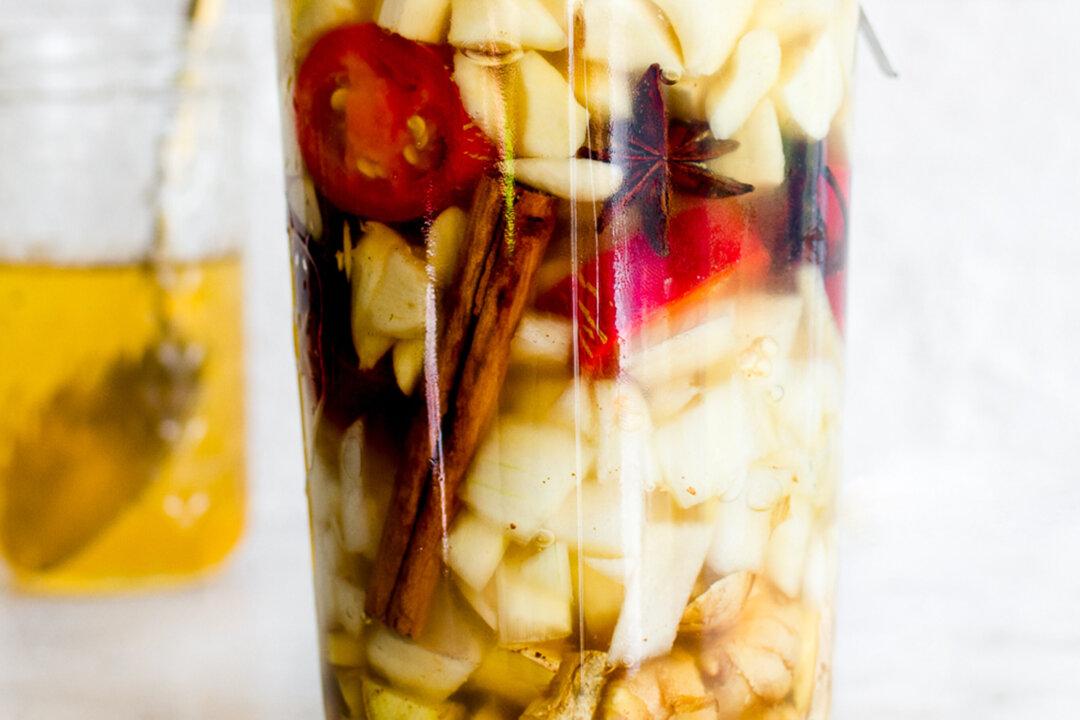When the cold weather hits and everyone seems to have a bit of a sniffle, it’s time to make fire cider. It’s an old-school remedy with a sweet-tart flavor and spicy edge. Herbalists and natural health enthusiasts swear by the stuff, since it’s packed with anti-viral and immune-supportive herbs.
Devotees take the spicy, vinegar-infused tonic by the spoonful with the elusive promise that it helps ward off winter respiratory ailments such as colds and the flu—and they might just be onto something.





